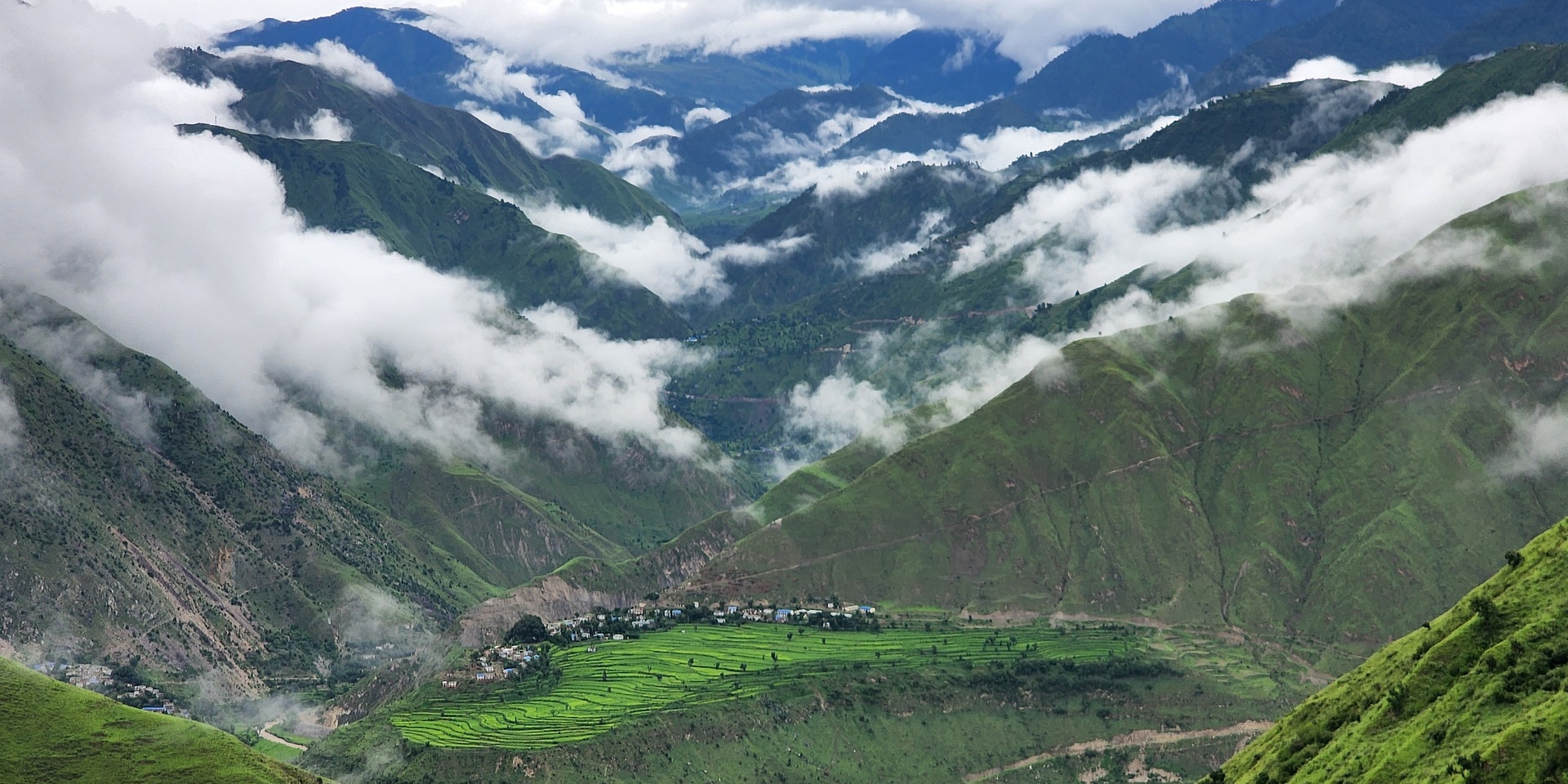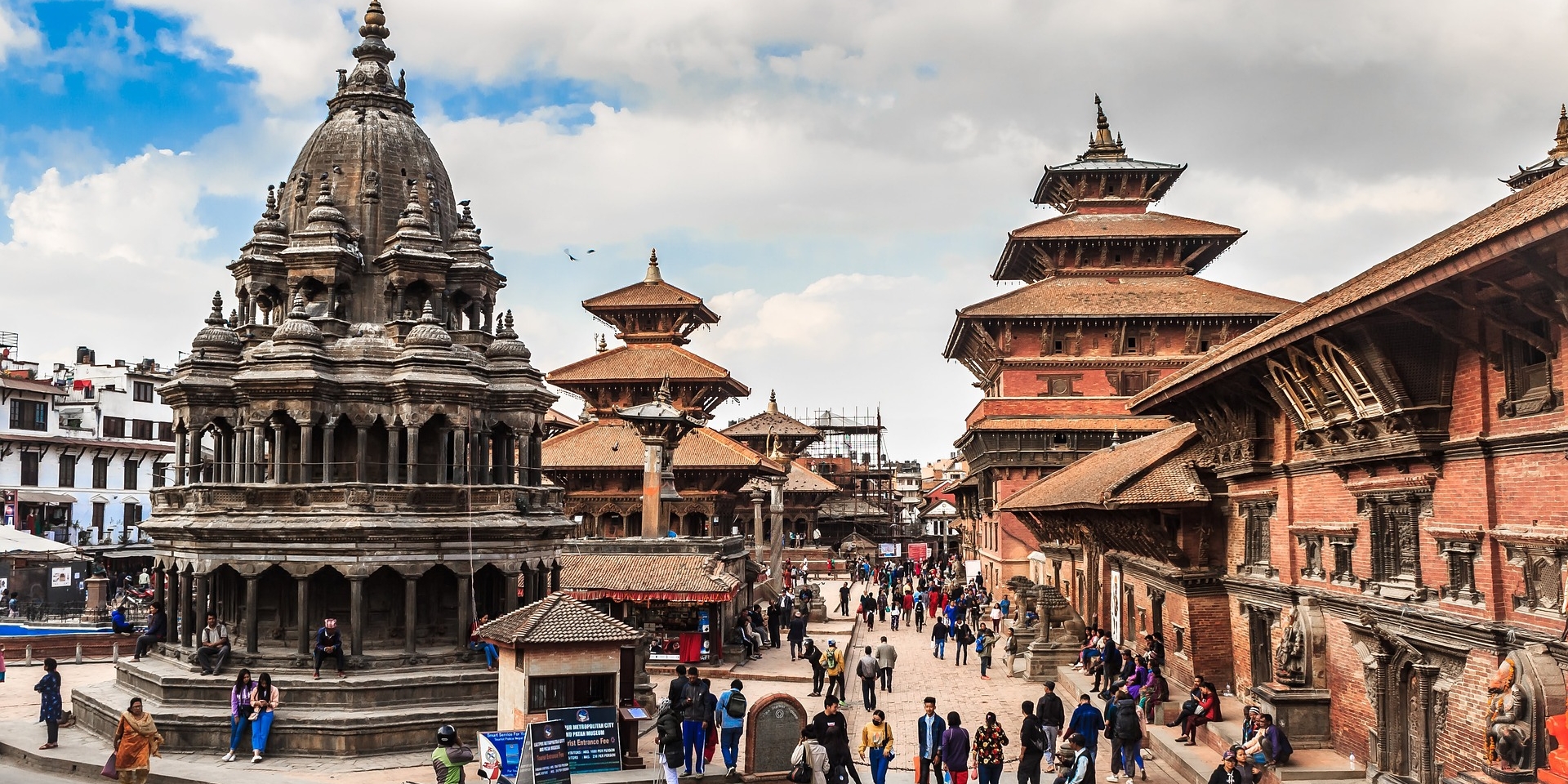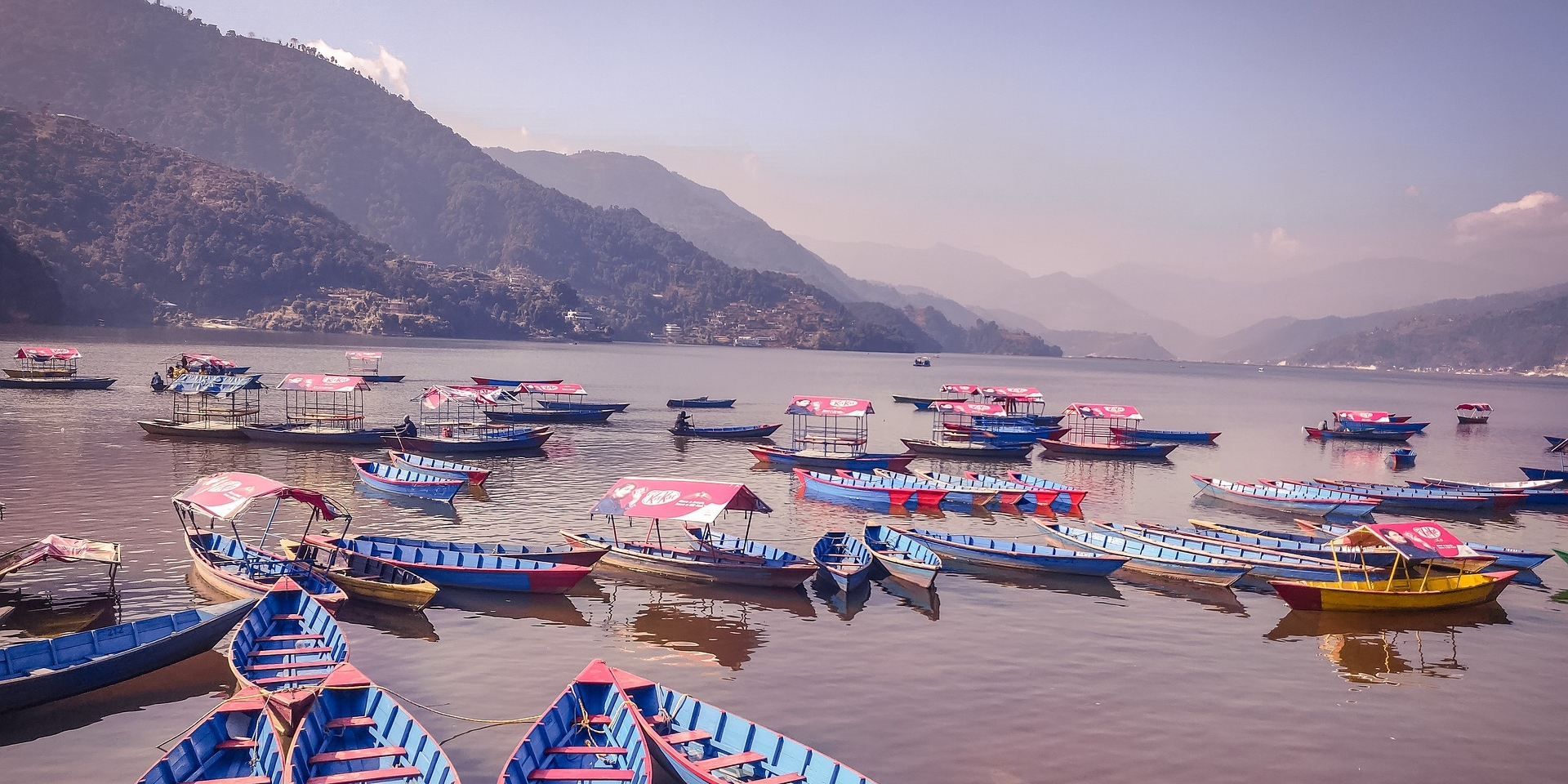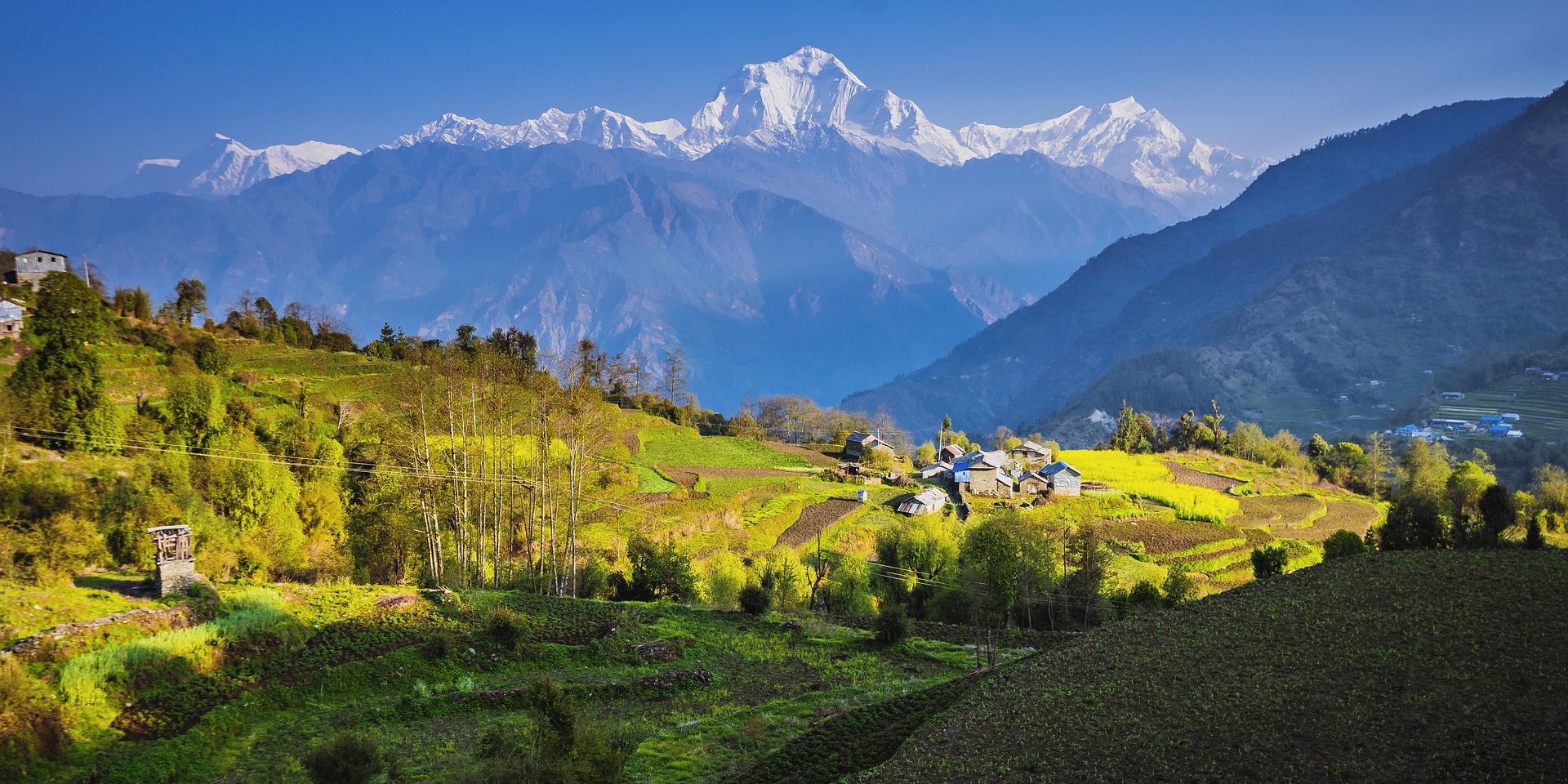Published 21 Aug 2024
Planning a trip to Nepal can be an exciting yet daunting task, given the country’s rich cultural tapestry and diverse landscapes. To help you prepare for a seamless and memorable experience, we’ve compiled a comprehensive list of frequently asked questions (FAQs) that cover essential aspects of traveling to Nepal. From visa requirements to health precautions and trekking tips, these answers will guide you in making your Nepal tour as perfect as possible.
Do I Need a Visa to Visit Nepal?
Yes, most travelers will need a visa to enter Nepal. Tourist visas can be obtained upon arrival at Tribhuvan International Airport in Kathmandu or at various land border crossings.
The visa on arrival allows for 15, 30, or 90 days, depending on your needs. Ensure you have a passport-sized photo and the visa fee in cash (USD is commonly accepted). It’s advisable to check the latest visa regulations before your trip, as policies can change.
For longer stays or multiple entries, you can also apply for a visa in advance through a Nepali embassy or consulate in your home country.
What are the Visa Requirements for Nepal?
- Visa Requirements: Most travelers need a visa to enter Nepal. The visa can be obtained upon arrival at Tribhuvan International Airport in Kathmandu or at land entry points from India and Tibet. Here are the key points to consider:
- Tourist Visa: Most visitors receive a tourist visa, which can be issued for 15, 30, or 90 days. You will need to fill out a visa application form and provide a passport-sized photo. The visa fee is approximately USD 30 for 15 days, USD 50 for 30 days, and USD 125 for 90 days.
- Extension: If you wish to extend your stay, you can apply for an extension at the Department of Immigration in Kathmandu or Pokhara. Extensions are granted in increments of 15, 30, or 90 days, depending on the initial visa type.
- Documents Required: A valid passport with at least six months of validity remaining, a completed visa application form, and a passport-sized photo are required. It’s also advisable to have a copy of your onward or return ticket and proof of sufficient funds.
What is the Best Time to Visit Nepal?
Nepal’s diverse geography and climate offer varied experiences throughout the year, but the best time to visit largely depends on what you want to experience.
Spring (March to May) is one of the most popular times to visit Nepal. The weather is pleasant with moderate temperatures, and the blooming rhododendrons add vibrant colors to the landscape. This season is ideal for trekking and exploring the natural beauty of Nepal, particularly in the Annapurna and Everest regions.
Autumn (September to November) is another prime time for tourism. The skies are clear, offering breathtaking views of the Himalayas, and the weather is generally stable and comfortable. This is also a peak trekking season, with many visitors choosing to hike the Annapurna Circuit or Everest Base Camp during this period.
Winter (December to February) sees cooler temperatures, especially in the higher altitudes, but the lower regions and Kathmandu remain relatively mild. This season is suitable for lower-altitude treks or cultural tours in the Kathmandu Valley.
Monsoon (June to August) is characterized by heavy rainfall, which can lead to travel disruptions and challenging trekking conditions. However, this season brings lush green landscapes and fewer tourists, which can be appealing for those looking to avoid the crowds and enjoy a more tranquil experience.
Best Time to Visit: Nepal’s diverse geography and climate make it a year-round destination, but the ideal time to visit depends on your interests and activities.
- Trekking: The best time for trekking is during the pre-monsoon (spring) and post-monsoon (autumn) seasons. From March to May (spring) and September to November (autumn), the weather is generally stable, with clear skies and moderate temperatures, making it perfect for trekking and outdoor activities.
- Cultural Tours: For cultural tours and city exploration, the same periods (spring and autumn) are ideal as the weather is pleasant, and major festivals occur during these times. Winter (December to February) is also suitable for cultural tours, though temperatures can be quite cold, especially in the mountainous regions.
- Monsoon Season: The monsoon season lasts from June to August, bringing heavy rains and potential landslides, particularly in hilly and mountainous areas. While the lush landscapes and fewer tourists might appeal to some, trekking and travel during this time can be challenging.
What Currency is Used in Nepal?
The official currency of Nepal is the Nepalese Rupee (NPR), abbreviated as NPR or symbolized as रू. The currency is available in denominations of 1, 5, 10, 20, 50, 100, 500, and 1,000 rupee notes.
ATMs are widely available in urban areas like Kathmandu and Pokhara, and they accept major international cards. However, cash is preferred in many rural areas and small shops. You can exchange foreign currency at banks or exchange bureaus, but it’s best to have some cash on hand for remote areas where facilities might be limited.
Exchange Rates: Exchange rates fluctuate, so it’s wise to check current rates before traveling. Major currencies like USD, EUR, and GBP can be exchanged at airports, banks, and money changers in cities. In rural areas, cash transactions are more common, and card facilities may be limited.
Currency Notes: It’s useful to carry small denomination notes, as smaller businesses and vendors may not have change for large bills.
What Should I Pack for a Trip to Nepal?
Packing Essentials: What you pack for Nepal will depend on the activities you plan to undertake and the season of your visit. Here are general packing recommendations:
- Clothing: Pack lightweight, breathable clothing for warmer weather, and layerable clothing for cooler temperatures. For trekking, include moisture-wicking base layers, insulating mid-layers, and a waterproof outer layer. Comfortable walking shoes and trekking boots are essential.
- Health and Safety: Bring a first aid kit with basics like bandages, antiseptic, pain relievers, and any personal medications. If trekking or staying in remote areas, consider bringing altitude sickness medication and water purification tablets.
- Travel Essentials: A good quality camera, travel adapters, sunscreen, insect repellent, and a reusable water bottle are useful. Also, bring cash in small denominations for local transactions, as credit card facilities may not be available in remote areas.
- Footwear: Comfortable walking shoes for city exploration and sturdy trekking boots if you plan to hike.
- Gear: Sunglasses, sunscreen, a hat, a reusable water bottle, and a good-quality backpack.
- Documents: Passport, visa, travel insurance, and copies of important documents.
It’s also advisable to pack light and bring only what you need, as you may need to carry your luggage over uneven terrain or during treks.
What are the Health and Safety Precautions?
Health Precautions: Ensuring your health and safety during your Nepal tour is crucial. Here are some recommendations:
- Vaccinations: Recommended vaccinations include those for hepatitis A, hepatitis B, typhoid, and tetanus. If traveling to certain regions, vaccinations for Japanese encephalitis and rabies may be advised. Consult with a healthcare provider before traveling.
- Altitude Sickness: If trekking or traveling to high-altitude areas, be aware of altitude sickness symptoms such as headaches, nausea, and dizziness. Acclimatization, staying hydrated, and gradually ascending can help mitigate these effects. Medication for altitude sickness can be prescribed by a doctor.
- Travel Insurance: Comprehensive travel insurance that covers medical emergencies, trip cancellations, and evacuation is highly recommended. Verify that the insurance covers trekking activities if you plan to participate in them.
- Food and Water Safety: Drink bottled or purified water and avoid consuming raw or undercooked food to prevent foodborne illnesses. Be cautious with street food and opt for well-cooked meals from reputable establishments.
Is Nepal Safe for Travelers?
Nepal is generally a safe destination for travelers, though it’s essential to take standard precautions. Here are some safety tips:
- Health and Hygiene: Follow local health advisories, drink bottled or filtered water, and practice good hygiene.
- Travel Insurance: Obtain comprehensive travel insurance covering health, accidents, and theft.
- Altitude Sickness: If trekking, be aware of altitude sickness and acclimatize gradually.
- Local Customs: Respect local customs and traditions, particularly in religious sites. Dress modestly and be aware of cultural norms.
Petty crime like pickpocketing can occur, especially in crowded areas. Keeping your belongings secure and being vigilant will help mitigate these risks.
How to Get Around Nepal?
Transportation Options: Nepal offers various transportation options, each suited to different travel needs.
- Domestic Flights: For traveling between major cities and remote areas, domestic flights are convenient. Airlines like Buddha Air, Yeti Airlines, and Tara Air provide services to destinations such as Pokhara, Lukla, and Nepalgunj.
- Public Buses: Public buses are an affordable way to travel around Nepal. However, they can be crowded and uncomfortable, especially on long-distance routes. Tourist buses with more comfortable seating are available for popular routes like Kathmandu to Pokhara.
- Taxis and Ride-Sharing: In cities, taxis and ride-sharing services like Pathao and Tootle are common. Negotiate fares before starting the journey, or ensure the meter is running.
- Renting Vehicles: Renting motorcycles or bicycles is an option for exploring cities and surrounding areas. Ensure you have a valid driver’s license and are familiar with local traffic rules.
- Trekking: For trekking, local guides and porters can be hired to assist with navigation and carrying gear.
What are the Cultural Etiquettes and Customs?
Cultural Etiquette: Respecting local customs and traditions is important when visiting Nepal.
- Dress Code: Dress modestly, especially when visiting temples and religious sites. Covering shoulders and knees is generally expected. In rural areas, traditional attire may be appreciated.
- Greetings: The traditional Nepalese greeting is the “Namaste,” performed by pressing your palms together and bowing slightly. It’s a polite and respectful way to greet people.
- Respect for Religion: Be respectful when visiting temples and monasteries. Remove your shoes before entering sacred spaces, and avoid pointing your feet at religious artifacts or people. Photography might be restricted in some areas, so always ask for permission.
- Dining Etiquette: If invited to a local’s home, remove your shoes before entering. When dining, it’s customary to eat with your right hand and use traditional utensils provided.
What are the Communication and Connectivity Options?
Communication: Staying connected in Nepal is relatively straightforward with various options available.
- SIM Cards and Internet: Prepaid SIM cards for mobile phones are readily available at airports, mobile network shops, and convenience stores. Major providers include Ncell and Nepal Telecom (NTC). These SIM cards offer affordable data plans and voice services.
- Wi-Fi: Wi-Fi is widely available in hotels, cafes, and restaurants in urban areas. However, connectivity may be limited in remote regions, so having a local SIM card with data can be useful.
- Language: Nepali is the official language, but English is widely spoken in tourist areas, hotels, and major businesses. Learning a few basic Nepali phrases can enhance interactions and show respect for the local culture.
What Languages Are Spoken in Nepal?
Nepal is a multilingual country with over 120 languages spoken. Nepali is the official language and is widely spoken throughout the country. In urban areas and tourist spots, English is commonly understood and used, especially in hotels, restaurants, and travel agencies.
In rural areas, local languages such as Gurung, Magar, and Sherpa are spoken. Learning a few basic Nepali phrases can enhance your experience and interactions with locals.
What are the Accommodation Options?
Accommodation: Nepal offers a range of accommodation options to suit different preferences and budgets.
- Hotels and Guesthouses: In cities like Kathmandu and Pokhara, you’ll find a wide range of hotels and guesthouses, from budget to luxury. Popular areas for tourists include Thamel in Kathmandu and Lakeside in Pokhara.
- Teahouses: On trekking routes, teahouses provide basic accommodations and meals. They are a practical choice for trekkers and offer a chance to experience local hospitality.
- Homestays: For a more immersive experience, consider staying in a homestay. This allows you to live with a local family, learn about their daily life, and enjoy traditional Nepali meals.
What is the Local Cuisine Like?
Nepalese cuisine is diverse and flavorful, heavily influenced by Indian, Tibetan, and regional flavors. Some staple dishes include:
- Dal Bhat: A traditional meal consisting of lentil soup (dal), rice (bhat), vegetables, and sometimes meat.
- Momo: Nepalese dumplings filled with meat or vegetables, often served with spicy dipping sauces.
- Thukpa: A hearty noodle soup with vegetables and meat, popular in the mountainous regions.
- Sel Roti: A traditional rice-based doughnut, often enjoyed during festivals.
- Gundruk: Fermented leafy greens, a common side dish in Nepali cuisine.
Street food is also widely available and can include items like chatpate (spicy puffed rice) and samosas. Be mindful of food hygiene and drink bottled water to avoid digestive issues.
What Are the Local Laws and Regulations?
Local Laws: Understanding and respecting local laws and regulations is crucial for a trouble-free visit.
- Drug Laws: Nepal has strict drug laws, and the possession or use of illegal substances can result in severe penalties. Avoid any involvement with drugs, and be aware of local regulations regarding prescription medications.
- Permits: For certain areas, especially trekking regions like Everest and Annapurna, permits are required. These permits can be obtained from the Nepal Tourism Board or relevant authorities and are often included in organized treks.
- Wildlife Protection: Respect wildlife regulations and avoid disturbing animals in national parks and wildlife reserves. Activities such as feeding or approaching wild animals are prohibited.
What Are the Environmental Considerations for Travelers?
Nepal’s natural beauty is a key attraction, and it’s important to travel responsibly to preserve it. Here are some environmental considerations:
- Waste Management: Avoid littering and use designated disposal bins. Many trekking areas have waste management initiatives, so follow local guidelines.
- Eco-Friendly Products: Use biodegradable products and avoid single-use plastics.
- Respect Wildlife: Maintain a respectful distance from wildlife and avoid feeding animals.
- Conservation Efforts: Support conservation efforts by participating in eco-friendly tours and staying at establishments that practice sustainable tourism.
Nepal offers an enriching experience with its stunning landscapes, vibrant culture, and welcoming people. By preparing well and understanding the essentials, you can ensure a memorable and smooth journey through this magical country.




